Choosing the Right Herbal Tea Brands and Loose Herbs
And How to Make the Best Cup of Tea
If you use loose herbs to make your tea, which is the way I prefer, over using a teabag, and you want to get as much of the health benefit from your herbs, then follow these simple steps.
If you prefer tea bags, you should know what your teabag may contain and find the safest options.
What Not to Use
Tea Balls: While these metal and stainless-steel tea balls are convenient, they are too small. They compact your herbs in a minimal space, and thus, the herb compounds have difficulty getting released and circulated into your tea water. You will not reap the full benefits of the herbs when you use this.
Non-Organic Herbs: These can contain pesticides and herbicides, and fluoride. They can absorb fluoride from the soil. Cheaper tea brands will use older tea leaves and thus will contain more fluoride since the more aged the tea leaves, the more time it has had to absorb fluoride from the soil. Fluoride is not healthy for you even though it is purposely added to many city’s drinking waters. For more information on fluoride, go to this link http://trufoodsnutrition.com/fluorides-impact-on-your-health/
Tea Bags: While these are convenient and good to use when you travel, some tea bags are better than others.
- Paper tea bags contain a compound used as a pesticide and become activated when it touches hot water. But you won’t know this by reading the ingredients label on the tea box.
- Plastic tea pouches are just as bad as releasing toxins from the plastic into the hot tea water.
- Most tea bags are not biodegradable, so they are not suitable for the environment.
- If you ever open a tea bag, it is mostly “tea dust.” When you use herbs to make your own, you can see the leaves, roots, flowers, and buds that you are getting in your tea!
- A tea bag, just like the tea ball, leaves no room for the herbs to spread out and circulate to release their full flavor and compounds.
- Teabags can be expensive! Buying loose herbs to make your own not only tastes much better but is cheaper!
That being said, I will use tea bags when I am out and when I am traveling. Try to stick with the brands down below that I suggest. If you are not sure a place will carry the tea brand you like, there is nothing wrong with bringing your own. I often will ask for a cup of hot water.
Tea Brands to Avoid: These brands contain the most toxins, according to a Canadian Food Inspection Agency in 2008 and 2011. The brands included:
- Tetley Tea
- Lipton
- Twinning’s
- No Name
- Uncle Lee’s Legend of China
- King Cole
- Signal
What to Use
Loose Herbs: If you are purchasing your herbs, choose organic. More local herb shops are popping up, and they are more than happy to help you decide which herbs to buy. Often, they can make a custom blend for you.
If you buy herbs online, I like http://www.mountainroseherbs.com as they have organic herbs in bulk at very affordable prices. They also have herbal blends. Other herbal sites that are also reputable include Frontier Co-op, Pacific Botanicals, and Oregon’s Wild Harvest.
Organic Herbs/ Non-GMO herb: These tend to be younger plants, and they will not contain the pesticides and herbicides that non-organic plants will have.
Tea Strainer: These are very handy. The tea strainer fits right on the mouth of your teacup. I like to use this when I am in more of a rush or when traveling. It is wide enough to give the herbs room to breathe and circulate. Look for a bamboo strainer over stainless steel ones which will give the tea a metal aftertaste.
Safe Herbal Tea Bag Brands: There are several to choose from, and thankfully, as interest in tea grows, more high-quality brands are popping up.
These include:
- Numi Tea
- Rishi Tea
- EDEN Organic Eden Organic Tea
- Organic Stash Organic Stash Tea brand
- Choice Organic Teas: try their Mental Wellness and Focus Tea
- Organic Tazo: Try their sampler pack
- Organic Traditional Medicinals: try this one for sleep
- Organic Yogi Teas: I like the variety packs
- Red Rose: buy this one if you prefer black tea
Preferred Herbal Tea Method
Pot, lid, filtered water, filter: This is the preferred method.
- Heat the amount of water that you need in a pot on the stove.
- Once the water is hot, turn off the heat and add in the herbs. (for one cup of tea, you can use one teaspoon to 1 tablespoon of herbs).
- Cover the pot with a lid or a plate. This is important for very aromatic herbs. The more they smell, the more critical it is to keep the top on while sitting in the hot water. If you keep the lid off, these aromatic compounds will be released into the air instead of the tea. Let it sit for about 5-7 minutes (roots tend to need longer and up to 10 minutes).
- Once your tea is ready, pour the water through a strainer into your teacup so that the filter can catch all the herbs. You can reuse these herbs for another cup of tea.
Suppose you like to have tea when you are out to eat. Bring tea bags that you know are safer options, and ask for a cup of hot water, as I mentioned above. If you are using a specific herb or herbal blend for therapeutic reasons, you should consume the tea 2-4 times per day, depending on the herbs used and reasons for use.
Bottom Line: Herbs, when appropriately chosen and when used right, can be used in tea for enjoyment and therapeutic reasons. To get the benefits from your herbs, choose wisely!
If you want to know which herbs and herbal blends would be best, call me for a consult.
Sources
https://www.scribd.com/doc/211287855/Tea-Test-Results
http://www.cleanplates.com/eat/tips-eat/these-teas-are-toxin-free/
https://articles.mercola.com/sites/articles/archive/2013/04/24/tea-bags.aspx

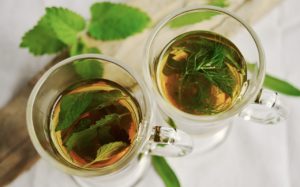

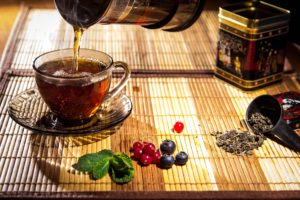
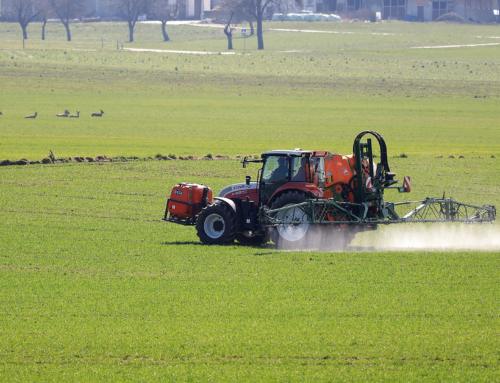
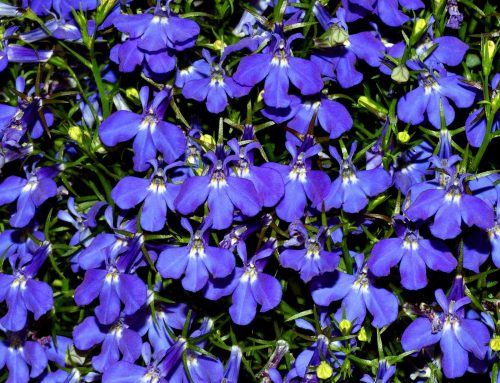
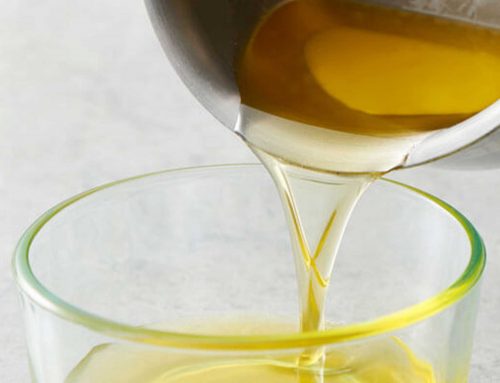
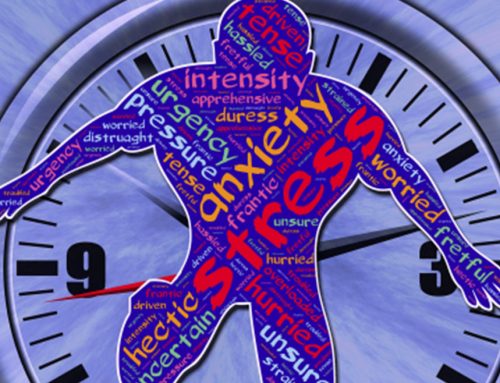
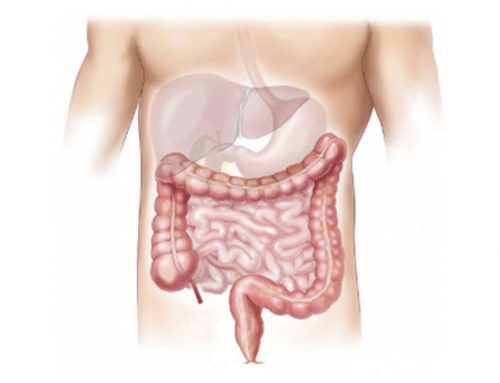
Leave A Comment
You must be logged in to post a comment.